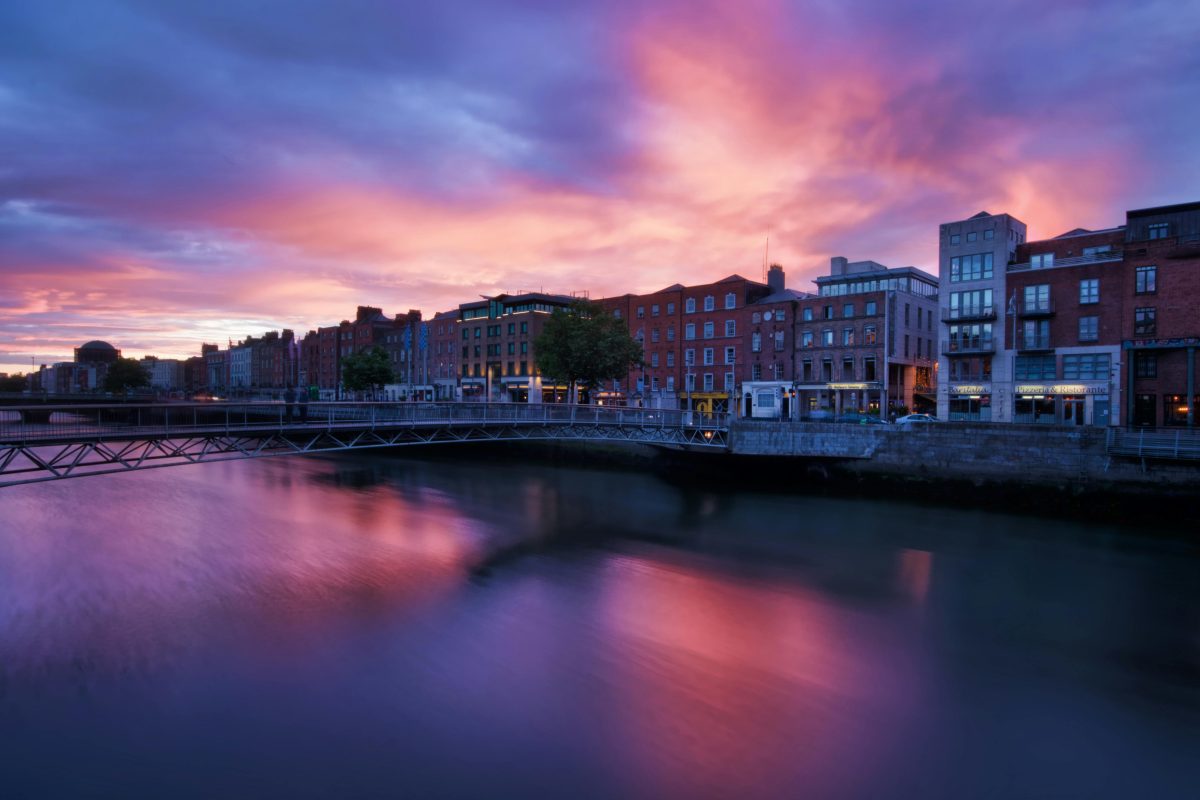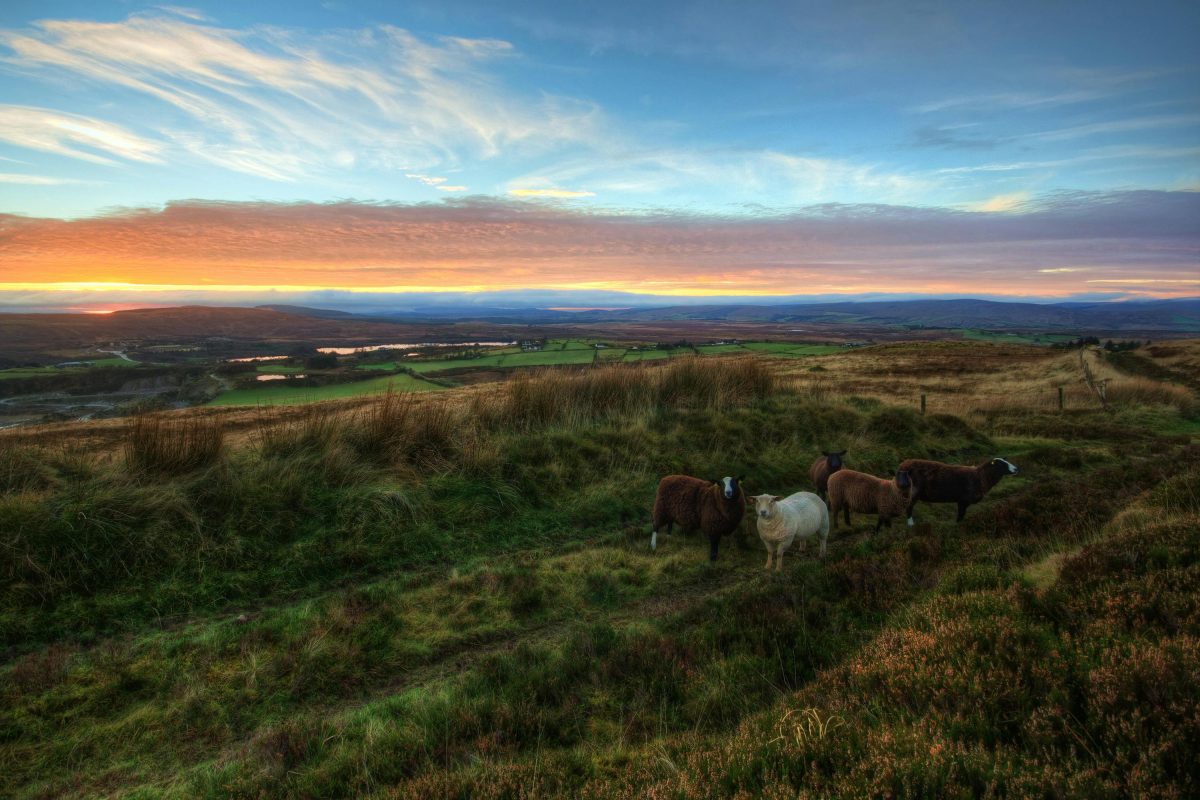The Day the World Stood Still: How the 1981 Hunger Strikes Changed Ireland Forever
Estimated reading time: 5 minutes
Key Takeaways
- The hunger strikes highlighted the struggle for political recognition in Ireland.
- Bobby Sands emerged as a powerful symbol for the Irish resistance.
- The events catalyzed significant political changes in Northern Ireland.
Table of Contents
Introduction
The Heart of the Story
The Wider Echo
The Now & The Next
Did You Know?
FAQs
Final Word
Introduction
In the spring of ’81, a battle waged not with guns, but with silence, hunger, and fervent hearts. Bobby Sands, a poet and politician turned prisoner, became the voice of the voiceless, each day a visceral reminder of hope stuffed in a prison cell. The world watched as hunger strikers starved themselves in a defiant act of rebellion—daring to hold their heads high in the face of a system designed to break them. In the brimming landscape of conflict, this was a moment where time itself paused, giving birth to one of the fiercest symbols of the Irish fight for identity, justice, and freedom.
The Heart of the Story
The hunger strikes unfolded within the stark walls of the Maze Prison in County Antrim, where men like Bobby Sands fought for their dignity as political prisoners. These were not merely acts of self-neglect; they were a profound statement echoing through the streets of Dublin to the remote corners of the Irish diaspora. Bobby Sands, who began his hunger strike on March 1, 1981, wrote haunting poetry that articulated their plight, tapping into the very spirit of rebellion ingrained within the Irish psyche. Such words ignited flames of solidarity far beyond mere politics; it stirred the very heart of a nation.
The Wider Echo
As each day passed, the hunger strikers drew in the attention of journalists, artists, and ordinary citizens alike—beyond the bars of their prison cells, they transformed into icons of resistance. The reality was stark: as Sands and his fellow prisoners starved, their stories seeped into international headlines. Amidst this pain, a renaissance flourished in the arts, with songs and poems reverberating through pubs and homes, sowing seeds of rebellion. According to the Irish News, by July 1981, support for the hunger strikers had reached a crescendo, resulting in increased nationalist fervor across Ireland and abroad.
The Now & The Next
Today, the echoes of the hunger strikes resonate still, manifesting in conversations about justice, identity, and the human spirit’s tenacity. They remind us of the journey yet to come, as a new generation navigates issues around human rights and political representation. The legacy of Sands and his comrades challenges us to remember that resistance takes many forms: from voices raised against injustice in housing crises in Cork to homages to the cultural resilience of the Irish in diaspora communities worldwide. It’s a stark reminder that the fight for dignity, for recognition, is far from over.
Did You Know?
- Bobby Sands was elected as a Member of Parliament during his hunger strike, garnering over 30,000 votes—a testament to the support he drew even in his direst circumstances.
- The hunger strikes led to a significant shift in the political landscape, ultimately culminating in the peace process in the 1990s, shaping the future of Northern Ireland.
FAQs
What were the demands of the hunger strikers?
The hunger strikers sought five demands: the right not to wear a prison uniform, the right to free association, the right to one visit, one letter, and one parcel per week, the right to organize their own activities, and the right to judicial review of their cases. For more insights into the history of this struggle, check our section on Derry.
How did the hunger strikes impact Ireland’s political landscape?
The hunger strikes forced a global awareness of issues in Northern Ireland, leading to increased pressure for political dialogue and eventually, the Good Friday Agreement. This pivotal moment reshaped both Northern Ireland and the wider relationship between the North and the South.
Final Word
The legacy of the 1981 hunger strikes is etched deeply within the fabric of contemporary Irish identity. Our fight for dignity and recognition continues—in every call for justice, in every heart that beats for freedom. If you carry the same pride we do, you’ll find a piece of home waiting at
HubIrish.com.









